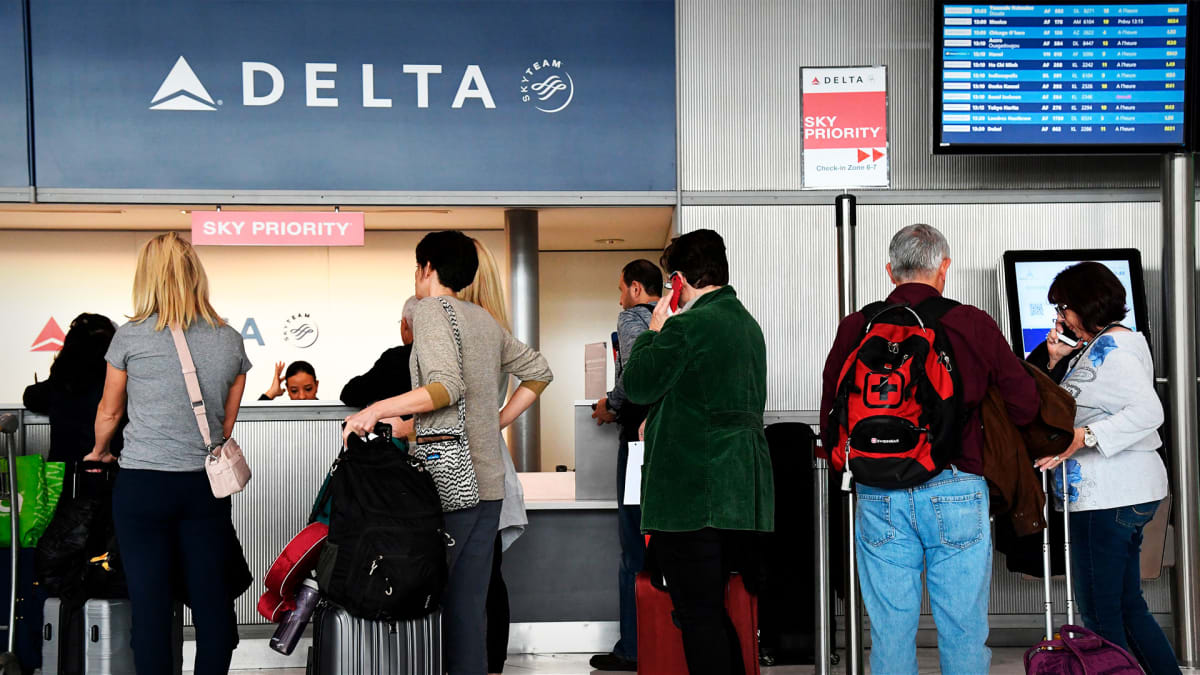
The Southwest Airlines holiday seasons meltdown directed a lot more attention to all U.S. airlines.
Nobody saw Southwest's issues coming, so it's reasonable to question whether another major airline has a potential glitch that could disrupt its operations.
And it also makes sense to be proactive when it comes to heading off potential problems. That's something the Federal Aviation Administration has been aggressive about in New York, one of the nation's busiest airport markets.
DON'T MISS: American Airlines Makes a Very Unpopular Pricing Change
What happens at New York's City's three nearby airports, JFK, LaGuardia, and Newark, affects not only people flying in and out of the New York area, It has a ripple effect on air travel around the country. That's at least partly why the FAA has gotten involved.
"The FAA is taking several steps to keep air travel to and from New York City this summer safe and smooth, even as we see strong domestic demand and a return of prepandemic international traffic," the agency said in a news release.
"To help prevent disruptions, the agency will give airlines flexibility on slot usage requirements. In turn, the FAA expects airlines to take actions minimizing impacts on passengers, including operating larger aircraft to transport more passengers and making sure passengers are fully informed about any possible disruptions."
Basically, the federal agency has given the airlines more flexibility around their allotted slots at airports in exchange for a cut in overall flights leaving from the three airports.
Major New York Flight Cuts This Summer
The FAA moves, which also affect Reagan Washington National Airport in Washington, were made due to shortages of aircraft controllers. Newark Airport, while it does serve the New York market, is not part of the summer changes.
To meet the FAA's requirements, a number of airlines have slashed their flights out of New York and Washington, Travel Weekly reported:
- American Airlines: Cut 4,790 flights to or from JFK, LaGuardia and Reagan National, as well as Newark Liberty International Airport, from its May 1 to Sept. 30 schedule.
United Airlines: Cut 4,353 flights between New York and Washington.
JetBlue: Cut 3,565 flights at the affected airports.
Delta: Cut 1,983 flights between New York and Washington.
Southwest Airlines (LUV) has not made any cuts to its schedule, but it could cut some flights later.
Essentially, the FAA change enables the airlines not to use all their available slots. That lets them cut flights --after filing a request with the FAA for a waiver -- which should lead to packed planes at higher prices. These changes have afffected flights that passengers had already booked.
"In response to the FAA's slot waiver, American will temporarily reduce frequencies on select routes from LaGuardia and Newark Liberty International Airport this summer," according to an AA statement, Travel Weekly shared. "We're proactively reaching out to affected customers to offer alternate travel arrangements."
The FAA Has an Air Traffic Controller Problem
These changes are needed because the U.S. has a shortage of air-traffic controllers. The federal agency is taking steps to fix those issues in the long term.
The FAA held a New York airspace summit with airlines and others to discuss additional ways to improve the country's most complex and congested airspace in late March. It was "similar to the one hosted in Florida last year that resulted in measures to improve efficiency in another high-demand area," the agency shared.
That's not the only step the FAA has taken.
"Although the FAA continues to reduce the air traffic controller training backlog at many FAA air traffic facilities, staffing levels at the New York Terminal Radar Approach Control (N90) continue to be below targets," the FAA said in a news release.
"To maintain safety and meet demand, the agency later this year will reassign the approximately 100 square miles of Newark airspace from N90 to the Philadelphia Terminal Radar Approach Control."







